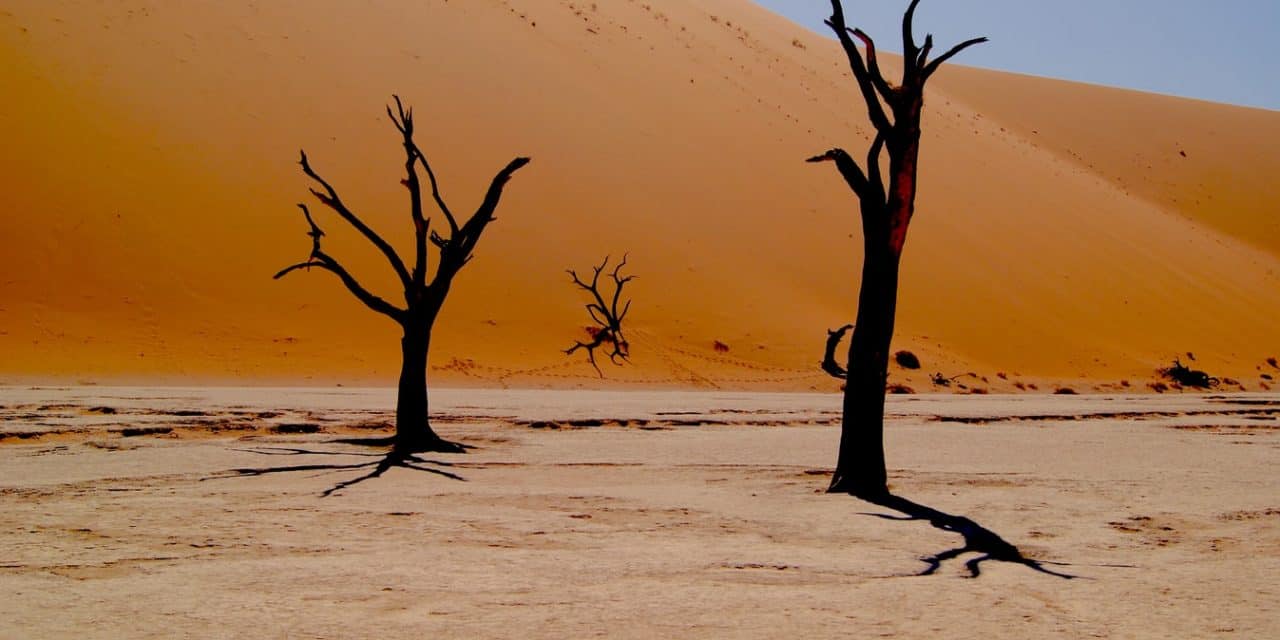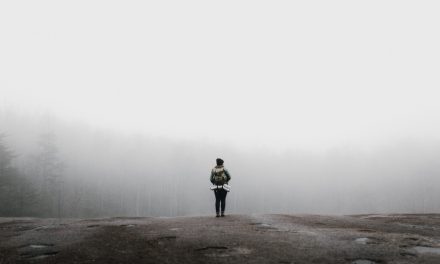Humankind has shown they can kick butt in pretty much any condition. Whether it’s falling into crevices while mountaineering, going off track while hiking, or getting stranded at sea, these highly intelligent creatures have a knack for life. However, the striking denominator in such expeditions is that water is the most important commodity in extreme conditions.
Getting stranded in the desert exposes you to one of nature’s harshest environments. The hot sands, prolonged exposure to the sun, and the dwindling hope of being rescued can drive you mad, especially if you are running out of water. Here’s how you can utilize your survival skills to find water in the desert.
How Do You Collect Water in The Desert?
The first step to collecting desert water is scoping the area and finding likely water sources. Your three best bets in finding desert water include the following:
- Dug-outs
- Greeneries
- Any place that has an abundance of animals or insects.
Dug-outs include places such as dry river beds and downhill areas. This is because water is likely to flow downstream. Find places with huge rocks that seep water. This might indicate the likelihood of a water table.
Get to higher ground and scope for areas that have an indication of vegetation. Any desert area with plants has the possibility of water. You can dig around the roots of these plants to get water.
Animals and insects have an amazing ability to identify water catchment areas. Insects and birds hover around water areas. If you find a place with a large collection of hovering insects, assess the area and plan on how you are going to collect the water.
You can learn a lot from observing the mannerisms of desert animals. The Namibian Bettle, for example, collects morning dew on its back. It then angles its waxy body, rolling the droplets towards its mouth. Similarly, having some sort of cloth will help you collect water.
Tins, shoes, and any catchment vessel can be extremely useful in collecting desert water. Clear plastic bags are also a great catchment method. Tie these bags around the leaves of plants especially at night. Try to get the water that evaporates from these plants into the bags before the hot sun dries the droplets.
What is Dowsing and How Does it Work?
Dowsing is a controversial practice that involves using metal indicators to find water sources. Dowsers swear that it works. Some water companies have used dowsers. However, there is no study that shows the complete efficiency of the method.
A dowser uses two rods, fashioned into a Y-shape. The long end is pointed toward the ground. The dowser then moves in a particular pre-mapped out area. The Y-shaped device is supposed to locate pipes. Pipes indicate the presence of a nearby water body.
Use this method carefully as long walks in the sweltering desert heat can dehydrate you and thin your chances of getting water.
How Do Animals Find Water in A Desert?
Animals adapt to whatever condition they find themselves in. Desert animals have had years to forge out survival mechanisms. They stay away from direct heat by using their bodies, digging burrows, and hiding in caves.
Desert animals are experts when it comes to finding desert water and utilizing the little they find. Most animals especially birds and insects will flock to water catchment areas. Other animals will drink up the dew that collects on plants at dawn. Additionally, there are animals that have adapted to feeding on succulent desert plants that store water.
Most of these animals prefer to eat succulent plants rather than look for water-scarce water sources.
How Do You Get Water Out of Air?
Science has a bunch of tricks and nifty devices that can get water out of air. These devices work by taking in humid air and condensing the water into a collection point. However, you probably don’t have these devices if you are stranded in the desert with no water.
A water sill is one of the methods you can use to get water from the air. Well, the water doesn’t necessarily come from the air. A water sill uses the water that evaporates from the ground. The wide plastic bag placed above the hole collects the evaporating water. The sun heats the water which then drips into a container in the hole.
Can You Drink Dehumidified Water?
Dehumidified water seems like a viable option in a desert. Dry regions often have high levels of humidity, requiring a dehumidifier. However, before you consider filling up on liquid humidity, consider that it might get you sick.
Dehumidified water often carries plenty of contaminants. Lead and metal residues are just some of the many issues that are wrong with dehumidified water. And the harm doesn’t stop with you. The impurities from this water are so dire, they can flow down the food chain affecting plants and animals.
Can You Drink Your Own Urine?
Desert water is so scarce that it’ll make you consider drinking your own urine. The short answer is yes you can drink your own urine in small doses. The long answer is yes you can, but only as a last resort. Urine contains urea, the bit of the urine with the toxins.
Urine is rather sterile. Drinking too much of it isn’t rehydrating as much as it is poisoning your system. Every time you drink your urine in place of desert water, you return toxins to your body and stress the kidneys. Uric acid build-up could cause kidney failure if you do not find a source of clean water.
How Deep Must You Dig to Find Water?
Other than succulent plants and a miraculous oasis find, your best chance of finding desert water is digging. We hope you brought your shovel because digging by hand will sap you of your strength and precious sweat.
There is no fixed number to indicate the depth of water in any given desert. However, checking near vegetation should allow you to dig less than somewhere that’s absolutely bare. Dry sandy river beds and near tree roots should indicate the presence of a water table.
Dig 12 inches deep near any place indicating presence of life. The hole should also be 12 inches in diameter. Do this when the sun is either rising or setting. Avoid doing it when the sun’s overhead. Wait for the water to rise up. When or if it does rise, soak the water into a cloth and wring it into a container.
Wrapping it Up
Getting lost in a desert is never pleasant. If you must travel in the desert, have some water with you. Make sure you have purifier tablets with you at all times. Hats, sunglasses, and wraps are some of the most important accessories you can have in the desert. Desert adventurers carry large plastic tarps that they use to create water stills. Carry clean wads of cloth as well. They’ll be super helpful in sieving large bits of dirt out of the water.
- Hammock Benefits: What The Tent Industry Doesn’t Want You Knowing - November 19, 2022
- How I Maintain My Hygiene When Camping - November 19, 2022
- How to Survive a Meet & Greet with a Bear - November 18, 2022






